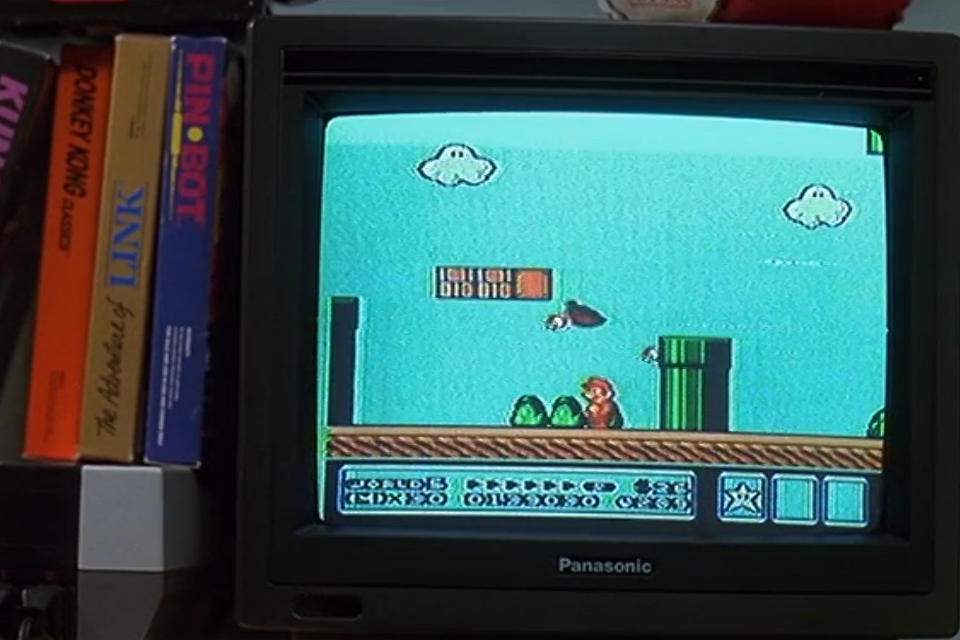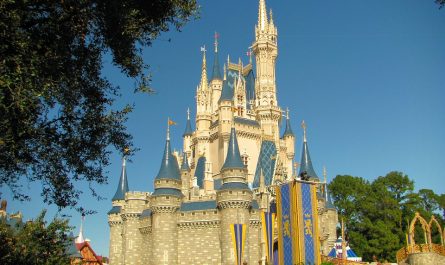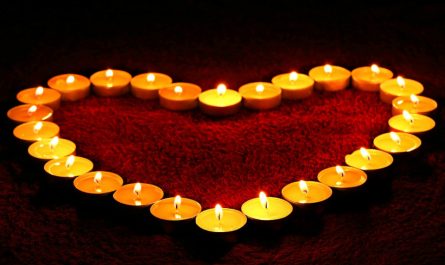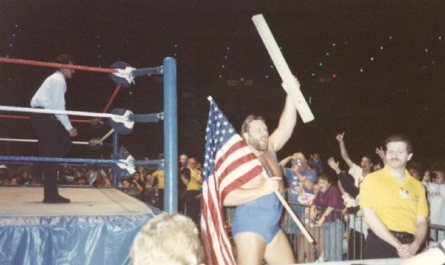Released in Japan in 1988 and in the United States in 1990, Super Mario Bros. 3 is undoubtedly one of the top Nintendo titles ever, and a game that many consider to be the greatest platforming video game ever created. As part of the 2007 Game Developers Conference, it had been named one of the ten most important video games of all-time.
Here are six fun Super Mario Bros. 3 facts.
-
- Super Mario Bros. 3 is the 36th best-selling video game ever. (source) With 24.4 million copies sound, Super Mario Bros. 3 is one of the 40 best-selling video games of all-time. Not only that, but it’s also the third ranked top-seller all-time for the Nintendo Entertainment System (NES), behind both Duck Hunt and the original Super Mario Bros.
-
- Super Mario Bros. 3 didn’t just push the NES to its limits – it exceeded it. (source) This all-time classic was released in the latter of the Nintendo Entertainment System’s console life, and more graphically impressive Sega Genesis was already on the market. Therefore, Super Mario Bros. 3 utilized the very powerful (for the time) MMC3 chip, which provided more spectacular animals, diagonal scrolling, and much more. The game certainly stood out from other NES titles at the time.
-
- Super Mario Bros. 3 was also released in the arcades. (source) On July 15, 1989, Super Mario Bros. 3 actually made its way to arcades as a playable title on the PlayChoice-10 cabinets. Nintendo’s PlayChoice-10 was an arcade cabinet that would often see the titles interchange out, and would feature 10 games that were playable on the Nintendo Entertainment System (NES), which gamers could then purchase for their home consoles.
-
- Several classic enemies and power-ups from the Mario universe first debuted in Super Mario Bros. 3. (source) The power-ups that were first seen in Super Mario Bros. 3 include Tanooki Mario, Raccoon Mario, Hammer Mario and Frog Mario. With enemies, it was the first time that gamers were introduced to Bowser’s Koopalings, and it was also the first game for classic enemies like Boom Boom, Thwomp, Rocky Wrench, Para-Goomba and Boss Bass, among many others.
-
- In World 3 of Super Mario Bros. 3, the castle islands are shaped to represent Japan. (source) In World 3, which is mostly comprised of water levels to challenge the player, the Wendy’s castle is placed geographically where Nintendo’s Headquarters is located in Japan.
-
- The English version of Super Mario Bros. 3 saw two separate releases, with most of the worlds being renamed in the second version. (source) The first world in the game, Grass Land, kept its name. However, the rest of the worlds in the Super Mario Bros. 3 had been renamed as part of the re-release. Desert Hill had become Desert World, Big Island was renamed Giant Land, The Sky was changed to Sky Land, and Iced Land had a small change to Ice Land. Other changes included Ocean Slide changing to Water Land, Pipe Maze becoming Pipe Land, and perhaps the biggest change of all saw Castle of Koopa be renamed as Dark Land.
Super Mario Bros. 3 is not only one of the best-selling games ever on the NES, but it’s one of the hottest sellers of all-time, and with good reason. What are your personal memories of playing this classic?
Featured image photo credit: Ryan Smith, 2018. Originally found on Flickr.com. Image was resized and cropped. Creative Commons 2.0.




